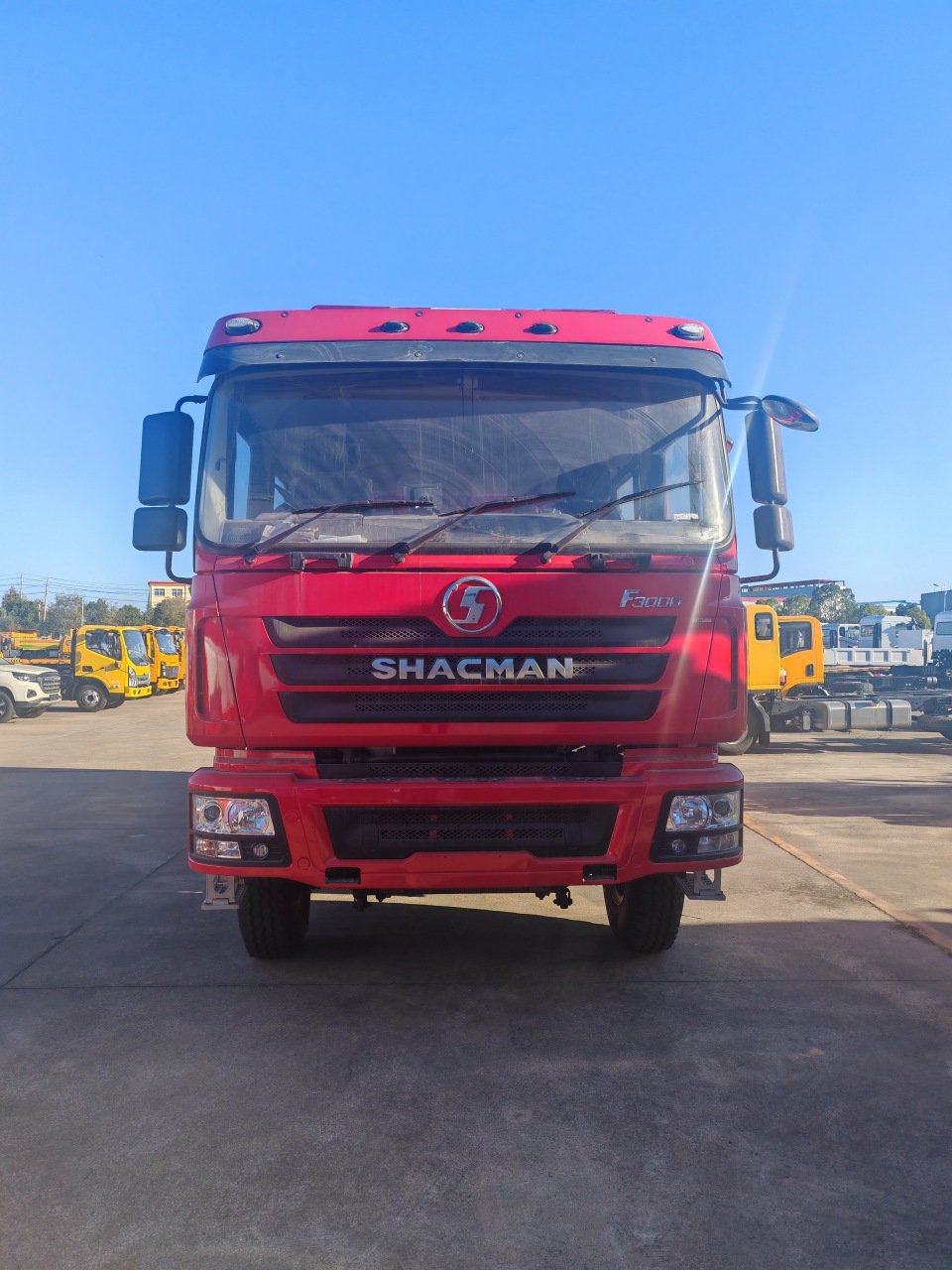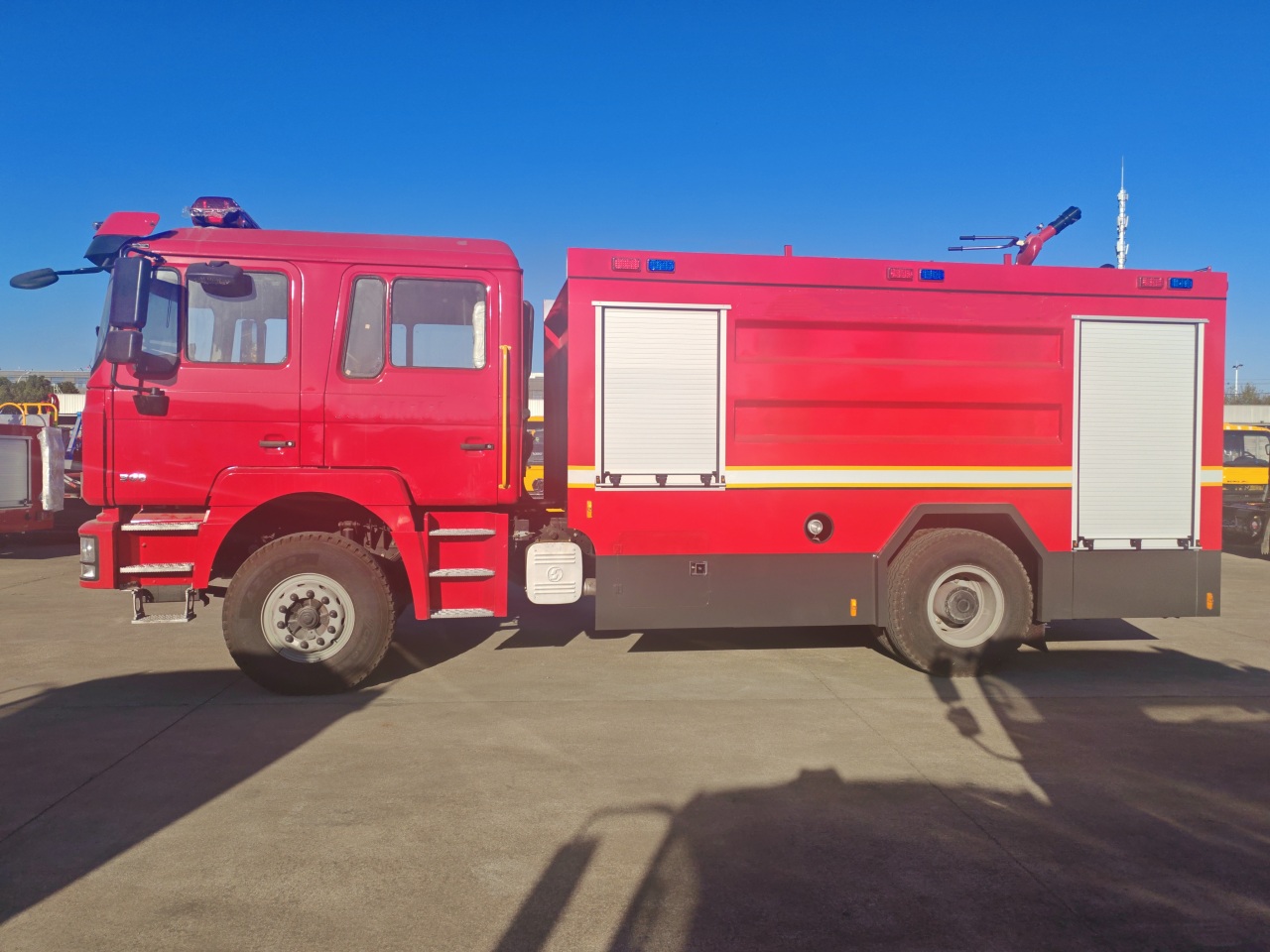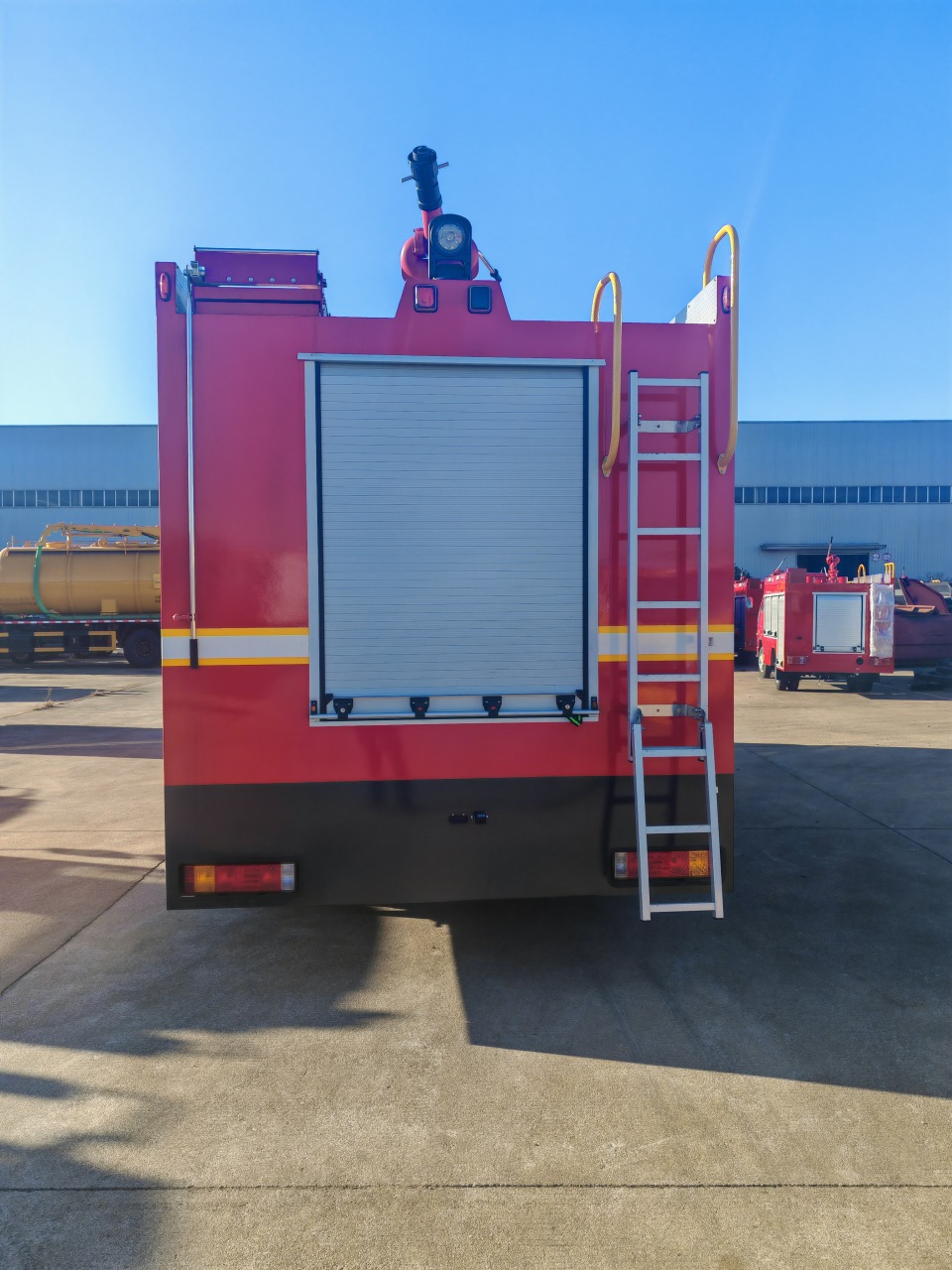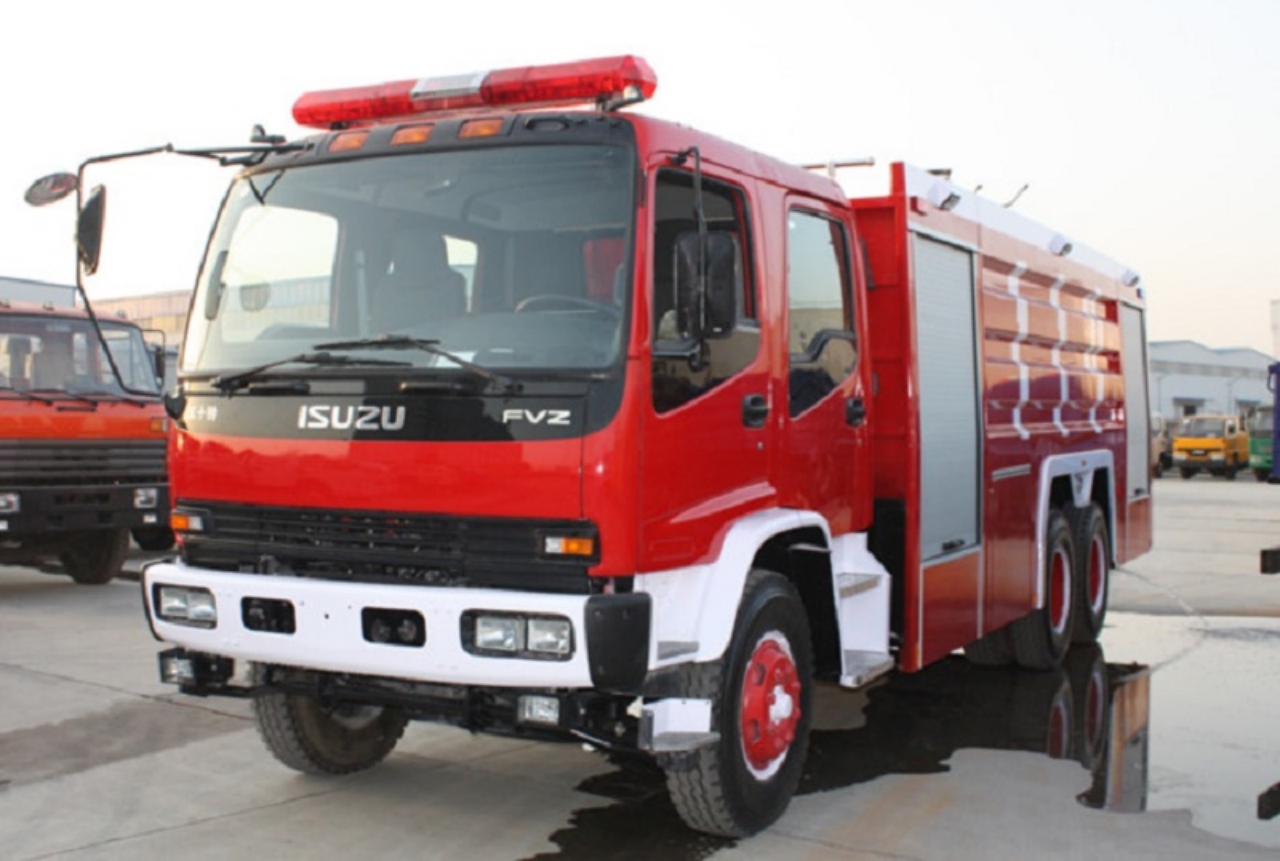In the world of specialized vehicles, terminology can often lead to confusion, especially when 2 seemingly similar machines serve different purposes. Such is the case with tenders and tankers, both of which are widely used in transportation and emergency services. While they may look alike at a glance and even share some overlapping functions, tenders and tankers have distinct roles, designs, and operational uses. This article explores how a tender differs from a tanker in various contexts such as firefighting, logistics, and military applications.
Understanding the Basic Definitions
Before diving into the differences, it’s important to establish a baseline understanding of each term.
- Tanker: A tanker is a vehicle designed primarily to transport liquids or gases in bulk. This could include water, fuel, milk, chemicals, or other fluid materials. Tankers are engineered to safely store and transport these substances, often featuring specialized compartments, pumping systems, and safety equipment.
- Tender: A tender, in contrast, is more of a support vehicle. In firefighting, for instance, a tender is used to supply water to engines at fire scenes, especially in rural areas where hydrants are unavailable. In military logistics, a tender may carry supplies, ammunition, or equipment. It serves more of a logistical or auxiliary function rather than focusing solely on the transport of fluids.
1. Primary Purpose and Use
Tanker:
Tankers have one main job: To transport liquid or gas in bulk from one point to another. This could mean carrying petroleum across long distances, supplying water to construction sites, or delivering food-grade liquids. The core function of the tanker is bulk delivery and sometimes distribution.
Tender:
Tenders are typically support vehicles designed to assist in operations. A fire tender, for example, may bring extra equipment, water, or personnel to a fire scene. A military tender might provide food, water, or spare parts to units in the field. In this sense, a tender is not usually the main operational vehicle, but rather one that supports the mission.
2. Design and Configuration
Tanker:
Tankers usually feature large cylindrical tanks mounted on a truck chassis. These tanks are engineered to hold specific types of fluids and often come with compartments to prevent sloshing, pumps, valves, and pressure systems, depending on the cargo.
Types of tankers include:
- Fuel tankers
- Water tankers
- Chemical tankers
- Cryogenic tankers (for liquefied gases)
Their design is usually dictated by safety standards to prevent leaks, explosions, or contamination.
Tender:
Tenders can have a much broader range of configurations. A fire tender, for example, may include:
- Water tanks (smaller than a tanker)
- Hose reels
- Ladders
- Tools and firefighting equipment
- Communication gear
In the military, a tender might look like a cargo truck or even a flatbed. The design of a tender is typically mission-specific, tailored to meet the logistical needs of the primary operation.
3. Firefighting Example: Tanker vs. Tender
One of the most common points of confusion arises in firefighting terminology, especially in the U.S., where the terms are sometimes used interchangeably but incorrectly.
- Water Tanker: In some fire departments, this term is used, but it’s technically more accurate to say “water tender.” A tanker in the strictest sense is a bulk liquid transport vehicle. However, in firefighting, a water tender is a truck that transports water to fire engines operating in locations where hydrants are not accessible.
- Fire Engine vs. Tender: Fire engines (or pumpers) carry water and have onboard pumps to fight fires directly. Tenders, however, supply water to these engines, enabling them to maintain operations in remote areas.
The key difference is this: a fire tender supports the fire engine, while a tanker (in general terms) is focused on bulk liquid transport.
4. Military and Naval Use
In military contexts, tenders are widely used to support field operations.
- Naval Tender: A ship that provides fuel, food, ammunition, and maintenance to other ships, especially submarines.
- Army Tender: A truck that may deliver rations, water, fuel, or parts to units in the field.
Tanker vehicles, meanwhile, in military logistics are more specialized. Fuel tankers and water tankers are common, but their role is specifically to carry and dispense liquids, not provide broader logistical support.
5. Licensing and Operation
Operating a tanker often requires special training and certifications, especially when transporting hazardous materials such as fuel or chemicals. Drivers must be trained in spill control, pressure systems, and HAZMAT regulations.
Tenders may or may not require similar certifications, depending on what they carry. A fire tender operator, for example, may need training in emergency response driving, but not necessarily in HAZMAT unless the tender carries hazardous supplies.
6. Safety Considerations
Tankers:
Tankers must adhere to strict safety regulations because of the nature of their cargo. This includes:
- Roll-over protection
- Pressure relief systems
- Fire suppression systems
- Compartment baffles to prevent sloshing
- Spill containment protocols
Tenders:
While safety is also critical, tenders are less regulated in terms of their cargo (unless transporting hazardous materials). Their safety protocols are usually centered around operational safety, such as roadworthiness, communication systems, and basic load security.
7. Industry Applications
- Tankers are found in:
- Oil and gas industries
- Agriculture (liquid fertilizers and pesticides)
- Food and beverage (milk, wine, edible oils)
- Municipal water delivery
- Tenders are found in:
- Fire departments (fire tenders)
- Military units (supply tenders)
- Event management (mobile support units)
- Construction (equipment and fuel tenders)
Conclusion
While the terms “tender” and “tanker” are occasionally used interchangeably, they refer to different types of vehicles with distinct functions. Tankers are specialized for the bulk transport of liquids or gases, focusing on efficiency and safety. Tenders, on the other hand, are support vehicles tailored to the mission at hand, whether that’s providing water to a fire engine, resupplying troops, or transporting auxiliary gear.
Understanding the difference between these 2 vehicle types is crucial not only for industry professionals but also for emergency responders, logistics planners, and anyone involved in vehicle procurement or fleet management. Clear terminology ensures the right vehicle is used for the right job, saving time, resources, and potentially even lives.












